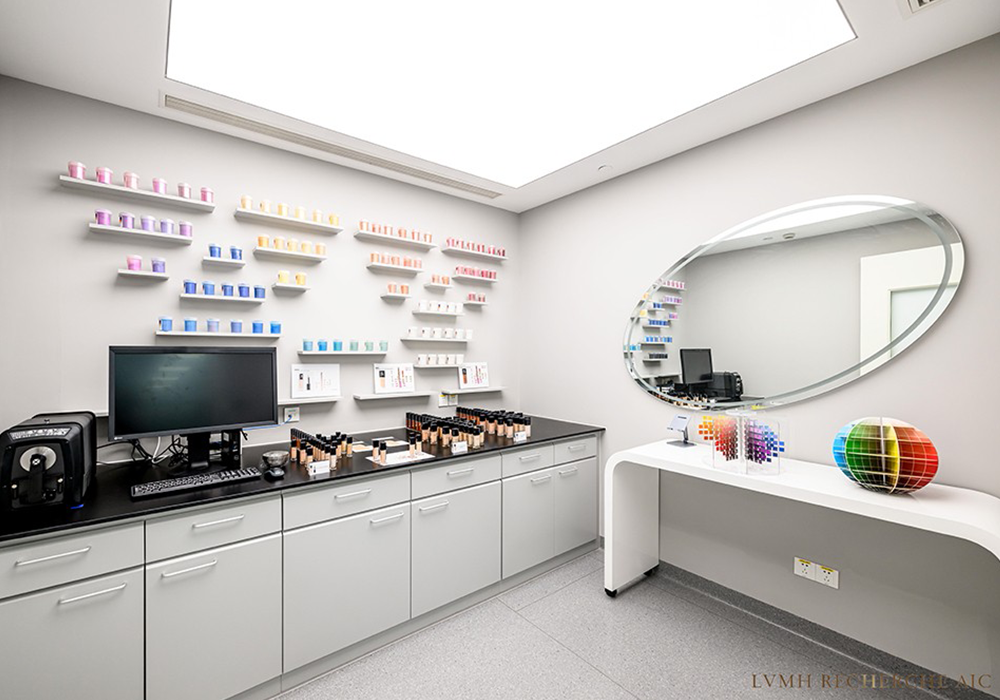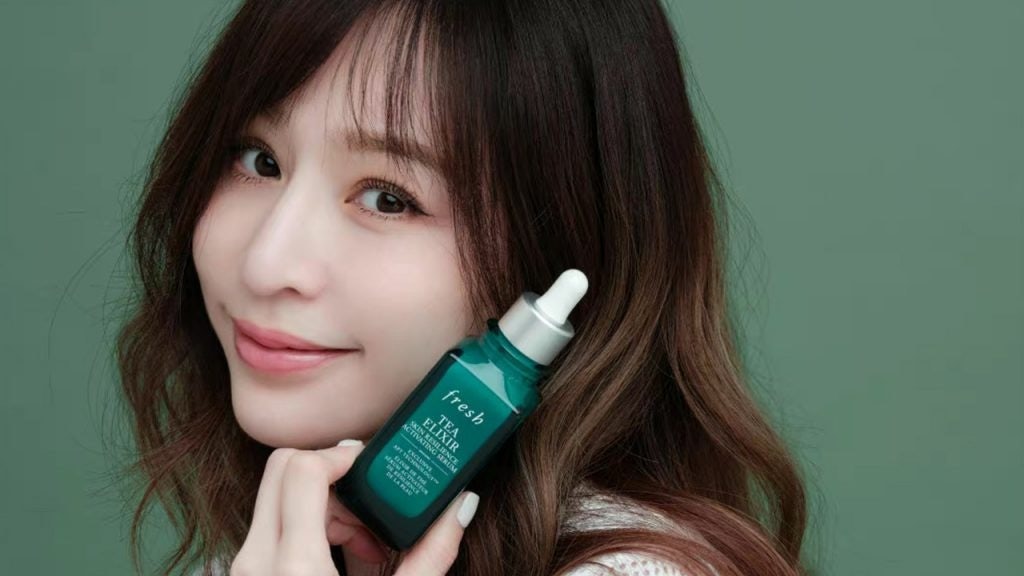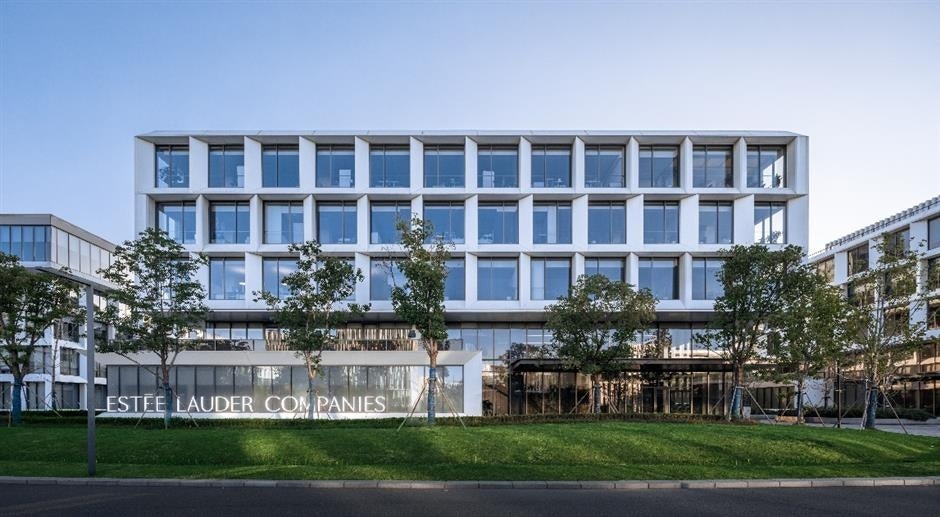What happened
: Following French conglomerate LVMH’s overhaul of its beauty division and the appointment of the former L’Oréal China CEO Stéphane Rinderknech as chairman and CEO of its perfumes and cosmetics department in March, the group has unveiled its first big move in China: its Perfumes and Cosmetics Asia R&D Center in Shanghai, which opened last month.
Covering an area of more than 22,000㎡, it’s the group’s largest R&D center in Asia. Located on the outskirts of Shanghai, the site will be equipped with skincare, makeup, and color development laboratories, as well as product testing rooms, and workshop space.

With the mission to “take root in Asia and China and create the beauty of the world,” the hub will enable the group to gain insights into local beauty shoppers.
Chen Jing, R&D Director at LVMH Beauty Asia Pacific, revealed to local beauty outlet CBO Focus that the center will study Chinese consumers’ skin characteristics using the latest cutting-edge technology such as AI, and integrate multidisciplinary knowledge to develop skincare and beauty products that meet local shoppers’ needs. Additionally, it will work closely with the business’ French R&D center to localize new concepts.
The Jing Take
: In 2019, China’s skincare market reached $35 billion (244 billion RMB), which was 4.43 times larger than the makeup market. According to Mintel, the skincare industry in China is expected to exceed $60 billion (415 billion RMB) by 2050. That said, skincare is a critical component for brands to take a share of China’s lucrative beauty market.
Although LVMH has over 70 brands in its portfolio, the behemoth’s beauty division has plenty of room for growth. Late last year, the group’s Cha Ling brand closed its last store in China, meaning that LVMH currently only operates two major high-end skincare brands in the country — Fresh and Guerlain — while LVMH-owned Fenty’s market share is relatively limited in the country.

With Chinese consumers becoming increasingly knowledgeable about skincare products and their ingredients — many describing themselves as ‘skintellectuals’ 成份党 — beauty giants are feeling the urge to double down on their commitment to R&D to ensure they stay relevant with this consumer segment.
In 2021, Japanese conglomerate Shiseido launched its China Innovation Center in Shanghai’s Fengxian District to research and develop cutting-edge skincare technologies. Meanwhile, consumer products giant P&G has pledged to invest $100 million (700 million RMB) over the next three years in its China Digital Innovation Centre in Guangzhou, inaugurated in 2021. In 2022, Estée Lauder unveiled its new China Innovation Labs to develop skincare and beauty products.

Locating large R&D centers in China has emerged as a common practice for beauty groups. These hubs enable brands to better meet the differentiated needs of China’s shoppers. They also help embed businesses in China’s mature supply chain system and provide access to the country’s R&D talent pool.
This wave of R&D centers is propelling China’s skincare development to a new stage of development. The battle for talent, resources, and market share is about to heat up.
The Jing Take reports on a piece of the leading news and presents our editorial team’s analysis of the key implications for the luxury industry. In the recurring column, we analyze everything from product drops and mergers to heated debate sprouting on Chinese social media.

